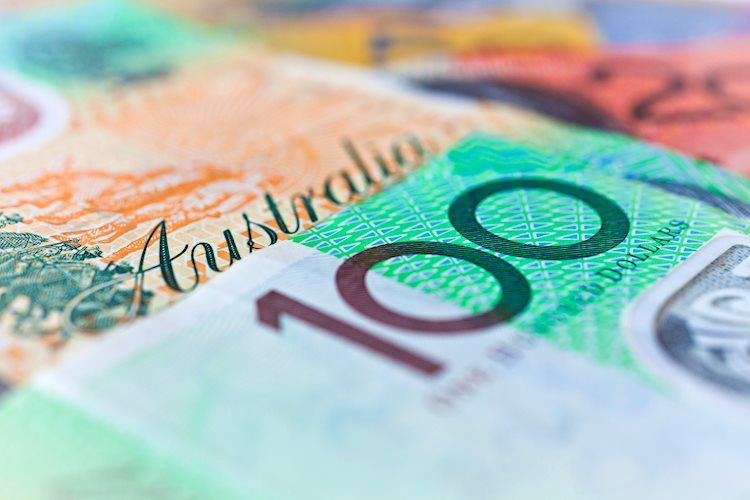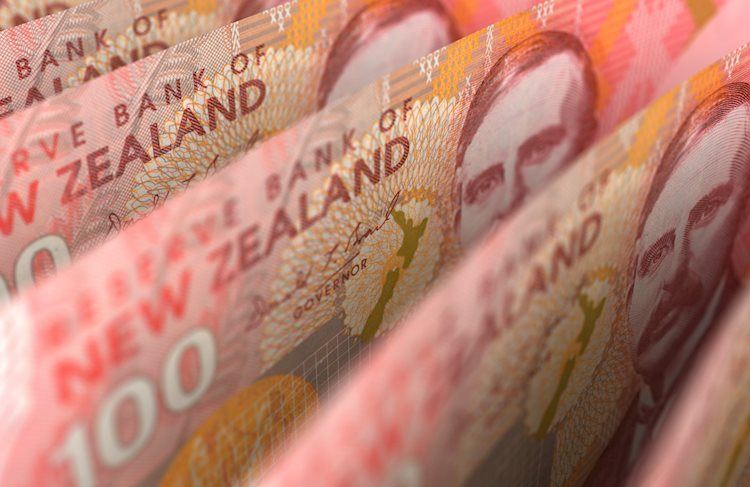AUD/USD rises after the release of better-than-expected macroeconomic data from China, its largest trading partner.
Risk from China’s property sector, however, continues to undermine Iron Ore, Australia’s largest export.
The week promises volatility as both Australia and US’s central banks hold policy meetings.
AUD/USD is edging higher, trading in the 0.6570s on Monday, after the release of strong Chinese data showed higher-than-expected growth in Industrial Production, Retail Sales and Fixed Asset Investment, in February.
The data improves the outlook for Australia’s largest trading partner but is not enough to provide an antidote to China’s property sector woes. Construction is also more influential for the Australian Dollar (AUD) because Chinese property developers are the primary buyers of Australian Iron Ore, which they use to make the steel for large-scale construction projects.
These woes are reflected in a continued plunge in Iron Ore prices which have fallen from over $140.00 per tonne at the start of 2024 to around $102.50 at the time of publication. Iron Ore is Australia’s largest export and a fall in price translates into a decline in demand for the Australian Dollar (AUD) which is needed to purchase it.
Monday sees the start of an important week for AUD/USD in which both the Reserve Bank of Australia (RBA) and the US Federal Reserve (Fed) are scheduled to hold policy meetings, with significant implications for the exchange rate.
The RBA will announce the outcome of its meeting on Tuesday at 03:30 GMT. Although inflation in Australia has made good progress – falling from 5.4% to 4.1% in February – it is still far from the RBA’s target and no change in the cash rate is expected. There is a chance, however, that the bank may remove wording about the need for a further interest rate hike from the accompanying statement, according to analysts at Commerzbank, which could benefit the Australian Dollar (and AUD/USD).
The Fed is set to announce its decision at 18:00 on Wednesday, and likewise no change in the Fed Funds Rate is predicted. Recent stickier-than-expected inflation, however, suggests the possibility the Fed’s Summary of Economic Projections (SEP) may change how many interest-rate cuts members foresee in 2024.
In the last SEP in December, policymakers expected there to be three 0.25% cuts in 2024, however, analysts at Bloomberg expect a possibility that could fall to two in the new dot plot. Such a change would be bullish for USD (negative for AUD/USD).
Share:
Feed news





